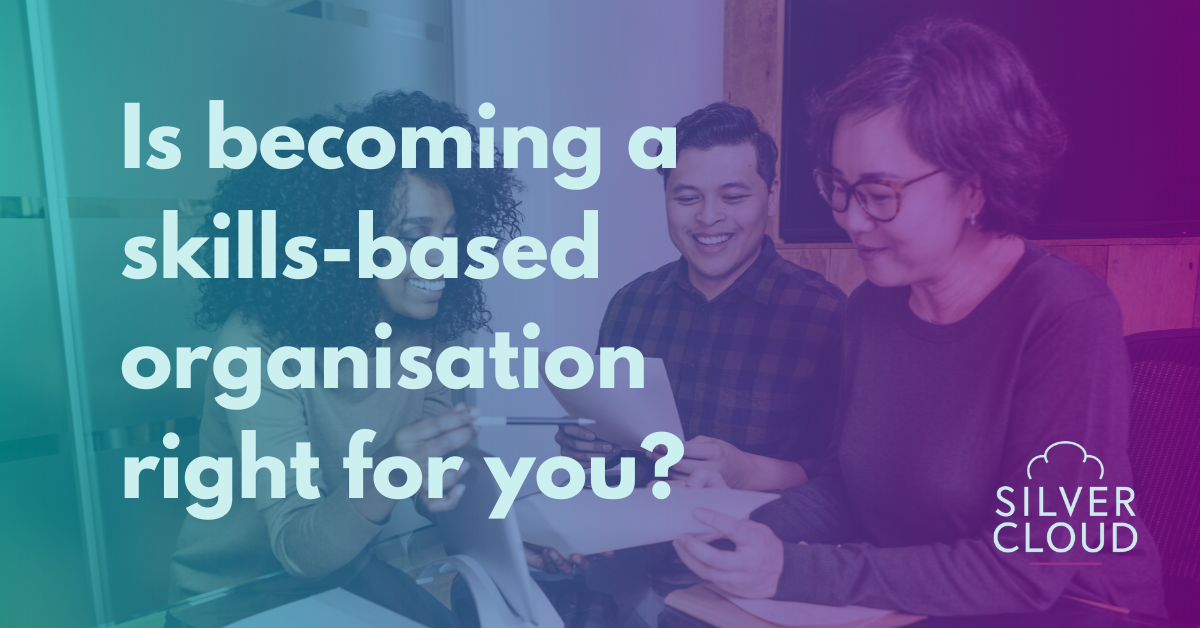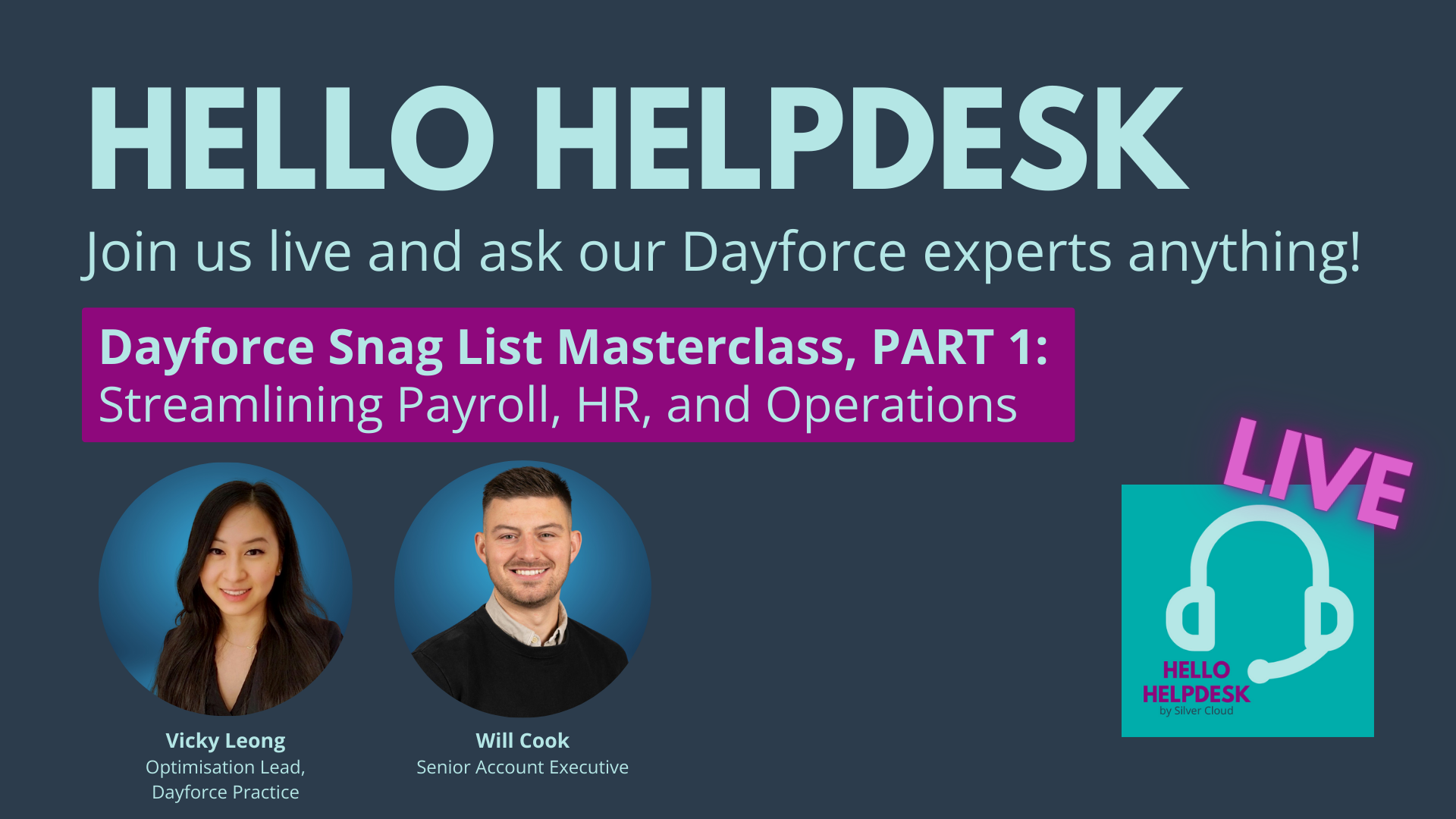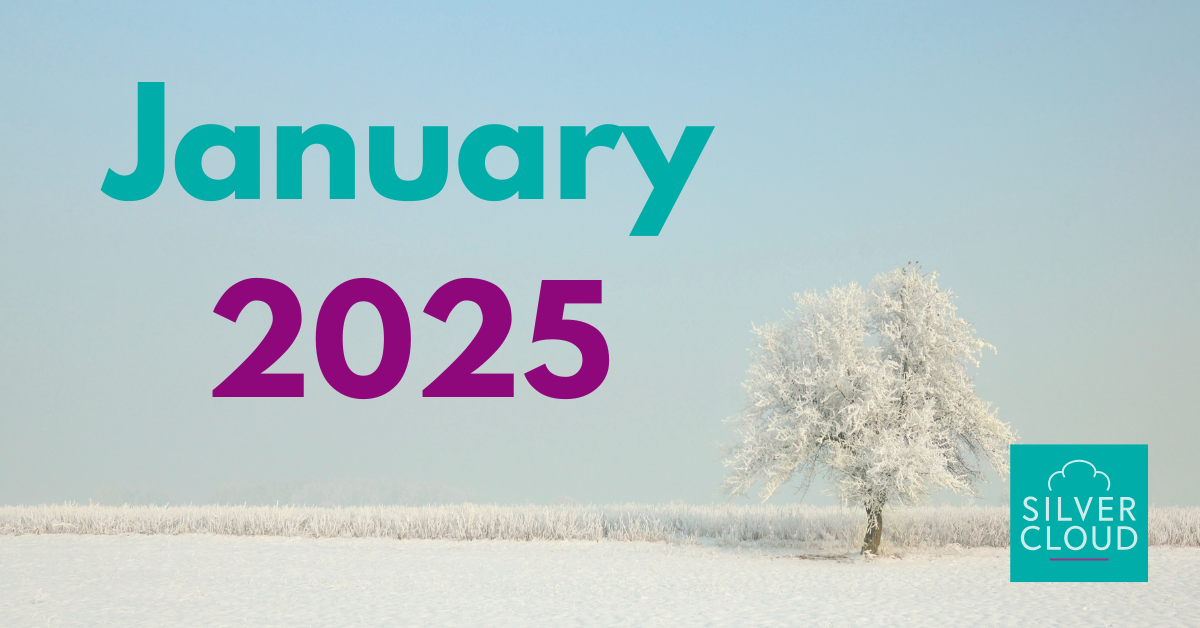Defining HR system benefits in four easy steps
by SJ Hood

To get your business case for a new HR system approved, there has to be a clear benefit to the company. Otherwise, why would you want to bring this new tech in the first place? But defining those HR system benefits and communicating them clearly isn’t always easy. Especially when you want to garner support from other areas of the business.
And understanding why defining the benefits of a new HRIS (Human Resources Information System) is important, correctly identifying them and communicating them clearly are key to getting your business case over the line.
The Importance of Defining HR System Benefits
Before diving into the steps to define HR system benefits, let's first understand why this step is so important in the decision-making process. It goes beyond simply having the pros outweigh the cons. Instead, you need to think about justification, alignment and evaluation. That means paying consideration to:
-
- Justification for investment: Defining the benefits of this helps spending money on a new HR system. It provides a clear rationale for why your organisation should allocate resources (financial and otherwise) to this project, especially when other projects may also be vying for funding.
- Alignment with objectives: Linking the benefits of an HRIS to your company’s strategic objectives makes it so the new system supports your organisation's goals and priorities. Creating alignment here makes your project seem more important than it might otherwise.
-
- Evaluation and benchmarking: Benefits can act as a metric for evaluating the success of the HR system post-implementation. They serve as a basis for comparing the projected outcomes with actual results. That means having them clearly defined is important because they’ll also help create project goals and objectives.
Defining HR System Benefits in Your Business Case
Despite its importance, defining HRIS benefits is a simple process. You can follow these four steps to define straightforward, strategic benefits that will resonate across the business.
1. Identify stakeholders
Start by identifying all the stakeholders who will be affected by the new HR system. This could be anyone from your HR team to managers, employees, and the folks in IT. Each group may have different expectations and requirements that should be considered.
2. Understand current pain points
Before understanding the benefits of an HRIS project, it's wise to get a view of the current challenges and pain points in your HR processes. Be sure to gather perspectives from across the organisation. You can conduct surveys, interviews, or data analysis to gain insights into what needs improvement.
3. Define clear objectives
Work with your key stakeholders to set clear objectives for the new HR system. What do they want or need from it? Consider the major pain points you uncovered and explore how a new HRIS might help alleviate them. Make sure your objectives are specific, measurable, achievable, relevant, and time-bound (SMART). SMART objectives help clarify the goals you set.
4. Quantify benefits
To make the business case more convincing, put the benefits into numbers wherever possible. For example, if the objective is to reduce recruitment time, calculate the cost savings associated with shorter time-to-fill vacancies. These figures will also help make your objectives more specific and measurable.
Sometimes it can still be difficult to see what the most effective benefits to share will be. So we’ve also put together a list of some of the most common benefits that HR leaders include in business cases:
Common HR System Benefits
The benefits of a new HR system can vary from one organisation to another, but after supporting so many business cases and selection processes, we’ve gathered the most common benefits that will (almost) always be relevant to your business case.
Cost savings
Although there are costs to bringing in a new system, one of the most common benefits is actually cost savings. Especially when the long term is considered. You may find cost savings through reduced admin overhead, decreased employee turnover and more efficient use of HR resources. You may even find that you’re saving on printing costs if you still use paper-based processes.
Want to see what you could really save? Check out our HR system ROI calculator.
Time savings
Another important benefit of most HRIS projects is saving time. You may find that your new system helps you recruit and onboard faster. Or it streamlines performance management processes, giving your HR team and your people managers more time to focus on other meaningful work. You may even have automated time tracking and absence management tools. Try to calculate a figure for all of the time you’ll save.
Improved data accuracy
Your people data is highly valuable and useful, so keeping it accurate needs to be a high priority. Have more accurate data means you’ll experience fewer errors with payroll processing, have more up-to-date employee records and be better equipped to comply with legal and regulatory requirements. All of which can also save time and money. This is a very useful benefit to include.
Enhanced employee engagement
Engaged employees are more productive and less likely to churn. So it’s not surprising that increasing employee engagement is a key metric for most HR teams. HRIS projects can help with this by providing self-service portals for employees, improving communication and feedback mechanisms and giving your employees personalised learning and development opportunities. It may be helpful to explain the importance of this benefit when talking to other stakeholders.
Strategic insights
Companies who have legacy systems and processes in place often find that they are struggling to gather strategic insights into their workforce. A new HR system can often give you real-time access to HR analytics. Which means you can make more informed, data-driven decisions. Some platforms may even have predictive analytics for workforce planning. Again, consider sharing the impact that these insights could have on the company and wider strategy.
Compliance and risk mitigation
Legal and regulatory compliance is increasingly important and the way you store and manage your HR data could be holding you back. Legacy technology and processes often aren’t designed with the current regulations in mind. But new HRISs and payroll platforms are much more likely to have both safeguards and regular updates in place. That means switching to a new system grants you better compliance with laws and regulations and more enhanced data security and privacy controls. Not to mention making audit trails for HR and payroll processes.
Scalability
Finally, an important benefit for every growing business: scalability. Knowing that your technology can grow with you and can help you grow is a key part of having the right systems in place. Be sure that any system you choose gives your company support for growth and expansion. And don’t forget to check that it is adaptable as the needs of your organisation change.
Defining the benefits of a new HR system in your business case is a critical step in the process of selecting and implementing the software. It provides clarity, alignment with objectives and a basis for evaluating the success of the implementation.
To maximise the effectiveness of this process, involve all relevant stakeholders, quantify benefits wherever possible, and make sure your objectives are SMART. By doing so, you'll create a compelling business case that highlights the tangible advantages of investing in a new HR system for your organisation and (hopefully) secure that all important buy-in!
Want help putting a business case together?
Download our Ultimate Guide to an Unbeatable Business Case. It's got tonnes of advice, tips and templates that you can use to secure buy-in and get your project moving.




